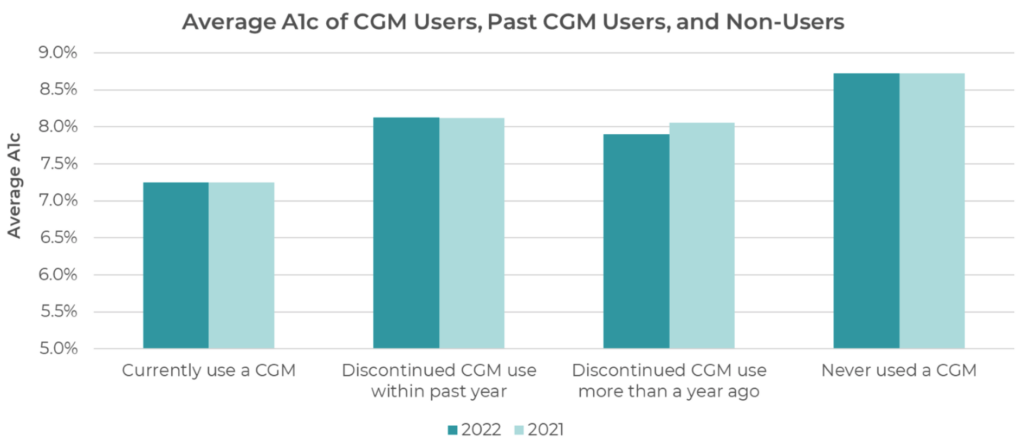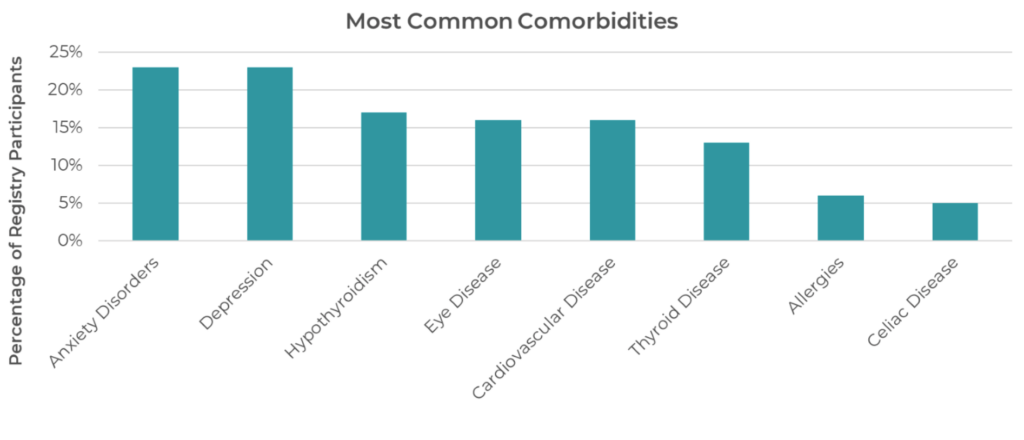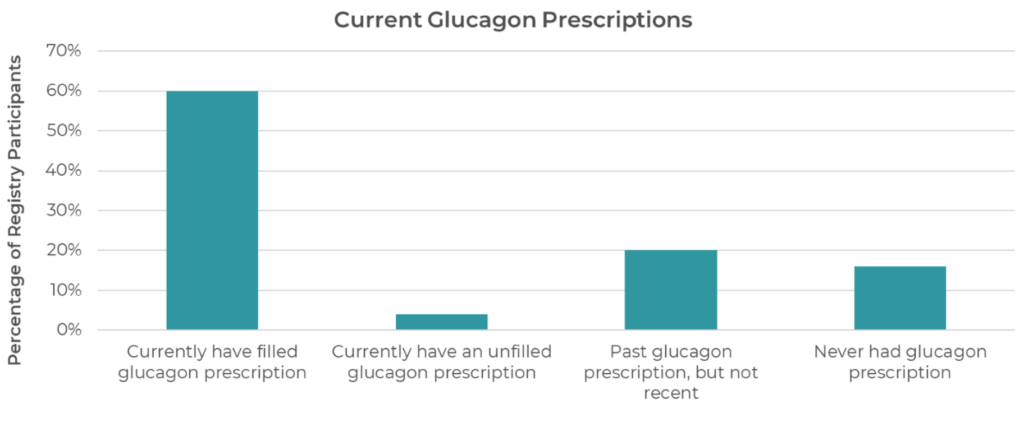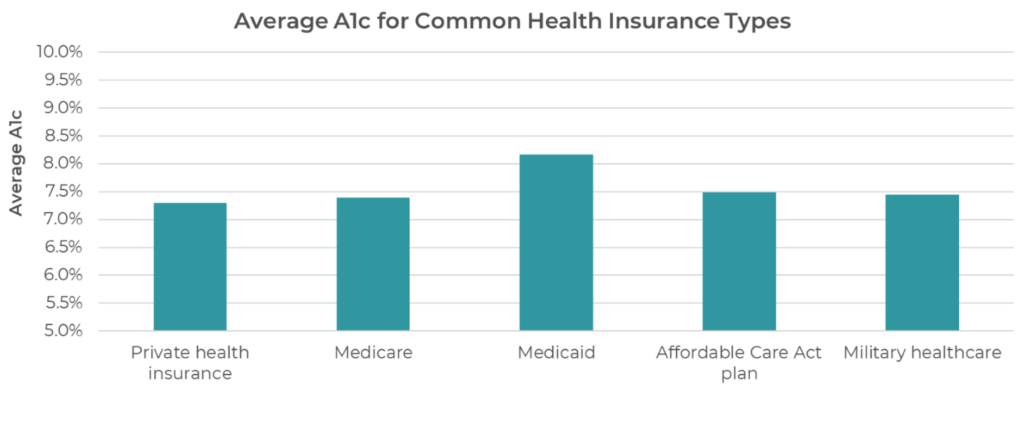
Sign up for a new account.
And get access to
The latest T1D content
Research that matters
Our daily questions
Sign up by entering your info below.
Reset Your Password
Don't worry.
We will email you instructions to reset your
password.
We’re celebrating 3 years of the T1D Exchange Registry!
For the 3rd anniversary of our online Registry, we want to show our entire community the impact that so many people with type 1 diabetes (T1D) have made by sharing their experiences. Over the past three years, we’ve gathered the stories of more than 15,000 people to learn more about trends in T1D management, glycemic outcomes, technology usage, and more!
If you are unfamiliar, the T1D Exchange Registry is a long-term research study open to adults and children with T1D living in the United States. The Registry aims to show how people with T1D are currently doing and how aspects of T1D care and management change over time. Participants complete a questionnaire once per year and can participate in other optional T1D research studies through their Registry Dashboard.
Not yet part of the T1D Exchange Registry? Join us!
In this article, we’re looking at insights from the Registry, including:
- Average A1c of current continuous glucose monitor (CGM) users, past CGM users and non-users
- Most common comorbidities in addition to T1D
- Current glucagon prescriptions
- Average A1c for the 5 most common health insurance types in the Registry
 In the Registry, what is the average A1c of people who use a CGM, those who have used one in the past, and those who never have?
In the Registry, what is the average A1c of people who use a CGM, those who have used one in the past, and those who never have?
- Currently use a CGM: 7.25%
- Discontinued CGM use within the past year: 8.13%
- Discontinued CGM use more than a year ago: 7.9%
- Never used a CGM: 8.73%
This insight from the Registry shows that the average A1c is much lower for participants who use a CGM than those who do not. There is a wide difference in A1c levels between those who currently use a CGM and those who have never used a CGM of nearly 1.5%.
Compared to 2021 data, the average A1c remains unchanged for the group of current CGM users and those who have never used a CGM. The most significant year-over-year difference is among people who discontinued using a CGM more than a year ago.
This data is consistent with several other T1D Exchange studies that show an association between CGM usage and maintaining target glycemic outcomes.
 What are the most common comorbidities reported by Registry participants?
What are the most common comorbidities reported by Registry participants?
- Anxiety (Generalized Anxiety Disorder, Social Anxiety Disorder, Panic Disorder): 23%
- Depression: 23%
- Hypothyroidism: 17%
- Eye disease (retinopathy, cataracts, glaucoma): 16%
- Cardiovascular Disease (high blood pressure, high cholesterol, stroke, heart attack): 16%
- Thyroid Disease (Hashimoto’s Disease or Graves’ Disease): 13%
- Allergies: 6%
- Celiac disease: 5%
Managing T1D is a daily balancing act, which can be made even more challenging when managing additional conditions. This Registry insight highlights the need for mental health support for the T1D community, with anxiety disorders and depression tied for the most common comorbidity of people with T1D in the Registry.
T1D Exchange has been working to increase depression screening with the clinics in the T1D Exchange Quality Improvement Collaborative, encouraging conversations around mental health between people with T1D and their health care providers.
 How many people in the T1D Exchange Registry currently have a filled glucagon prescription?
How many people in the T1D Exchange Registry currently have a filled glucagon prescription?
- Currently have a glucagon prescription and have filled it: 60%
- Currently have a glucagon prescription but have not filled it: 4%
- Have been prescribed a glucagon kit in the past, but not recently: 20%
- Have never been prescribed a glucagon kit: 16%
Having glucagon on hand can be lifesaving during a severe low. However, only 60% of Registry participants have a current prescription for glucagon, and 16% have never been prescribed glucagon.
A recent T1D Exchange Registry study showed that although most participants using hybrid closed-loop systems met target outcomes for A1c, time in range, and time below range, these participants still had an average of 1.1 severe hypoglycemic events in the prior year.
Over the past several years, there have been some exciting developments in the glucagon space, which could eventually lead to higher adoption rates. A recent research review by the T1D Exchange team showed that people with T1D and their loved ones generally perceive some of these new methods of administering glucagon to be more accessible and less intimidating.
 What is the average A1c for people with the most common health insurance types in the Registry?
What is the average A1c for people with the most common health insurance types in the Registry?
- Private health insurance: 7.3%
- Medicare: 7.39%
- Medicaid: 8.17%
- Affordable Care Act (ACA) plan: 7.49%
- Military healthcare: 7.44%
Of the five most frequently reported health insurance types in the Registry, people with T1D covered by private health insurance plans have the lowest average A1c at 7.3%, whereas people covered by Medicaid had the highest average A1c of 8.24%.
This difference of 0.87% may seem insignificant, but as recent T1D Exchange studies have shown, having Medicaid or no health insurance is associated with higher A1cs, and health care provider biases can influence whether or not they recommend devices to people with public insurance.
Thank you to every person in the T1D Exchange Registry. It is so important that people living with T1D participate in research. Improvements for the entire T1D community can only happen when people like you give their time and energy to research.
And if you haven’t already, join us!
All data points presented above represent only participants in the T1D Exchange Registry. This data does not make any scientific claims in its current format but presents the Registry data as it exists in June 2022.
Sarah Howard
Related Stories
1 Comment
What We’ve Learned Over 3 Years of the T1D Exchange Registry Cancel reply
You must be logged in to post a comment.








Great info on this site. It makes me feel like I’m not alone.